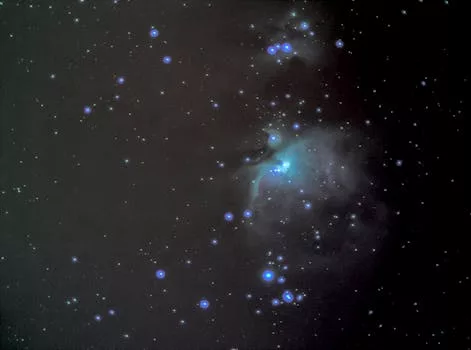
“
From Stardust to Dreams: Imagining Life Beyond the Stars
Introduction to the Cosmos
From Stardust to Dreams: Imagining Life Beyond the Stars is a journey through the vast expanse of space, exploring the mysteries of the universe and the possibility of life beyond Earth. The cosmos have always been a source of fascination for humanity, with its billions of galaxies, stars, and planets. The idea of life beyond our planet is a concept that has intrigued scientists and philosophers for centuries. In this article, we will delve into the wonders of the universe, exploring the possibilities of life beyond Earth and the dreams that lie beyond the stars.
Section 1: The Formation of the Universe
The universe began as a singularity, an infinitely hot and dense point, around 13.8 billion years ago. This singularity expanded rapidly, and as it did, it cooled and formed subatomic particles, atoms, and eventually the stars and galaxies we see today. The formation of the universe is a complex and still not fully understood process, but scientists have made significant progress in understanding the laws of physics that govern the cosmos. The universe is made up of billions of galaxies, each containing billions of stars, and the possibility of life existing on other planets is a topic of ongoing research and debate. For a deeper exploration of these concepts, check out our article on The Infinite Universe of Imagination.
Section 2: The Search for Life Beyond Earth
The search for life beyond Earth is a fascinating and complex topic. Scientists use a variety of methods to search for life, including the study of exoplanets, asteroids, and comets. Exoplanets are planets that orbit stars other than the Sun, and some of these planets are located in the habitable zones of their respective stars, where conditions are suitable for life as we know it. The discovery of exoplanets has opened up new possibilities for the search for life beyond Earth, and scientists continue to explore the universe for signs of life. The search for life beyond Earth is not only a scientific pursuit but also a philosophical and existential one, as it raises questions about the meaning of life and our place in the universe. For more insights, read our post on Galaxies of Dreams.
Section 3: The Future of Space Exploration
The future of space exploration is bright, with ongoing and planned missions to explore the Moon, Mars, and beyond. The development of new technologies, such as reusable rockets and advanced propulsion systems, has made space travel more accessible and affordable. Private companies, such as SpaceX and Blue Origin, are leading the charge in space exploration, with plans to establish permanent human settlements on the Moon and Mars. The future of space exploration holds much promise, with the potential for humanity to become a multi-planetary species and to explore the vastness of the universe. To learn more about the imaginative aspects of space, check out Soaring Through the Cosmos.
Takeaways
- The universe is a vast and complex place, with billions of galaxies and stars.
- The possibility of life existing on other planets is a topic of ongoing research and debate.
- The search for life beyond Earth is a fascinating and complex topic that raises questions about the meaning of life and our place in the universe.
- The future of space exploration is bright, with ongoing and planned missions to explore the Moon, Mars, and beyond.






